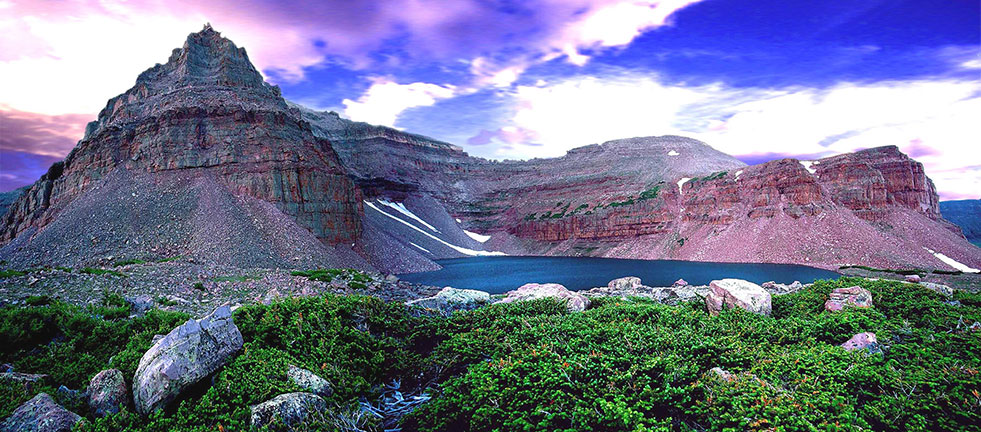No Drones in Wilderness

Did you know that drones are prohibited in wilderness areas?
As drones, formally known as Unmanned Aircraft Systems (UAS), have increased in popularity, land management agencies and the FAA have begun regulating their use on public lands. In 2014, the National Park Service identified this new type of aircraft as prohibited in National Parks and wilderness areas. Later, other wilderness agencies did the same. Drones are prohibited from launching, landing or being controlled from within designated wilderness areas. In 2019, Tread Lightly partnered with AirMap and the Forest Service to promote the Respected Access is Open Access campaign for responsible UAS use. Avoiding wilderness areas is among the tips for responsible recreational drone use.
Why are drones prohibited in wilderness areas?
Howard Zahniser, author of the Wilderness Act, could never have forecast the invention of remote-controlled flying quad-copter robots. But he and other wilderness advocates wanted to ensure that wilderness areas remain free from increasing mechanization. Aircraft were specifically identified as prohibited by the Wilderness Act, which includes all forms that may eventually come about through human ingenuity. The Wilderness Act also prohibits motorized equipment and mechanical transport—broad categories of devices and gizmos that include drones. Prohibiting drones, and other forms of motorized recreation, in wilderness continues to ensure that we have sanctuaries on public lands to protect wildlife from drone disturbances and for us to seek solitude and refuge from today's mechanized world.
As a responsible drone operator, how do you know where wilderness areas are so you can avoid them?
The FAA has partnered with Aloft to provide drone operators with an interactive map so that they can know whether it is safe to fly their drones. By being aware of the designated fly and no-fly zones, drone operators can prevent the impact of drones on wildlife and wilderness visitors by flying only over non-wilderness public lands where drone use is acceptable.